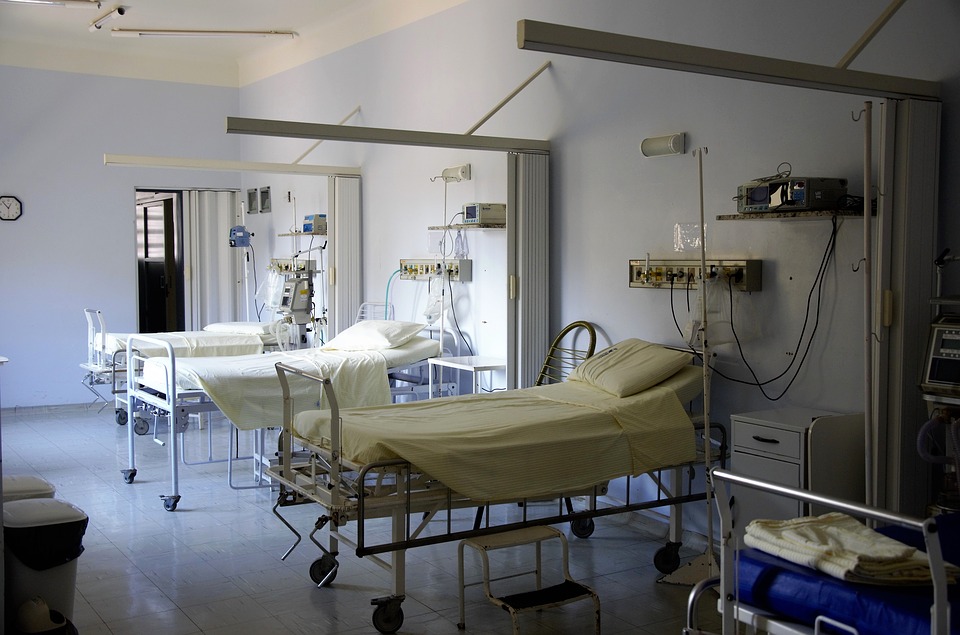Hospitals in Wales have the lowest number of beds available for patients than at any other time since records began. The data from the Welsh Government shows that on average in 2018-19 there were only 10,564 beds available per day compared to 15,582 in 1996-97 and between 2009-10 and 2018-19, over 2,000 beds have closed.
Over this time, there has been a push to reduce hospital stays and increase treatment in the community, however when data such as A&E performance and bed occupancy rates are considered, it is clear that the bed reduction has had a negative effect on care. Welsh hospitals have a very poor A&E performance – the percentage of patients who spend less than 4 hours in Welsh A&Es fell to 77.9% in June 2019 from 83.3% in June 2018; the target is 95% or more.
When bed occupancy is considered, Welsh government data shows that over the years bed occupancy rate has almost always increased year-on-year; from 78.3% in 1996-97 to 86.8% in 2018-19. In 2018-19, the average available beds per day fell by 149 (1.4%) when compared with the previous 12 months, although bed occupancy improved slightly by 0.2 percentage points. High occupancy rates are associated with increased infection risk, unsafe staffing levels and delays in treatment.
The Royal College of Emergency Medicine estimates that at least 250 more hospital beds are needed in Wales to return occupancy rates to below the safe level of 85%.
The Plaid Cymru health spokeswoman Helen Mary Jones claimed that there has been a “deliberate policy” of cutting beds with the main problem being the closure of community hospitals.
In 2013 cottage/community hospitals in Prestatyn, Blaenau Ffestiniog, Flint and Llangollen were closed. In other places wards have been closed, including in Llandudno Hospital. Bed closures have also taken place at hospitals in Swansea and Neath Port Talbot, with a reduction in general beds by the Abertawe Bro Morgannwg University (ABMU) Health Board of 79 beds out of 1,736 in 2017-18.
Further bed closures are planned at hospitals in Neath Port Talbot, Swansea and Bridgend in line with a policy to reduce time spent in hospital, reduce emergency admissions and shift care to community-based, according to the ABMU.
Dear Reader,
If you like our content please support our campaigning journalism to protect health care for all.
Our goal is to inform people, hold our politicians to account and help to build change through evidence based ideas.
Everyone should have access to comprehensive healthcare, but our NHS needs support. You can help us to continue to counter bad policy, battle neglect of the NHS and correct dangerous mis-infomation.
Supporters of the NHS are crucial in sustaining our health service and with your help we will be able to engage more people in securing its future.
Please donate to help support our campaigning NHS research and journalism.


